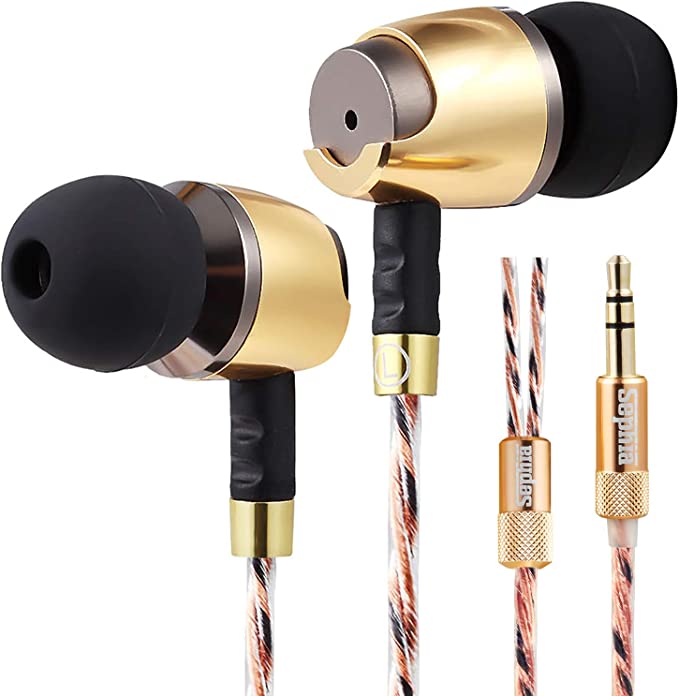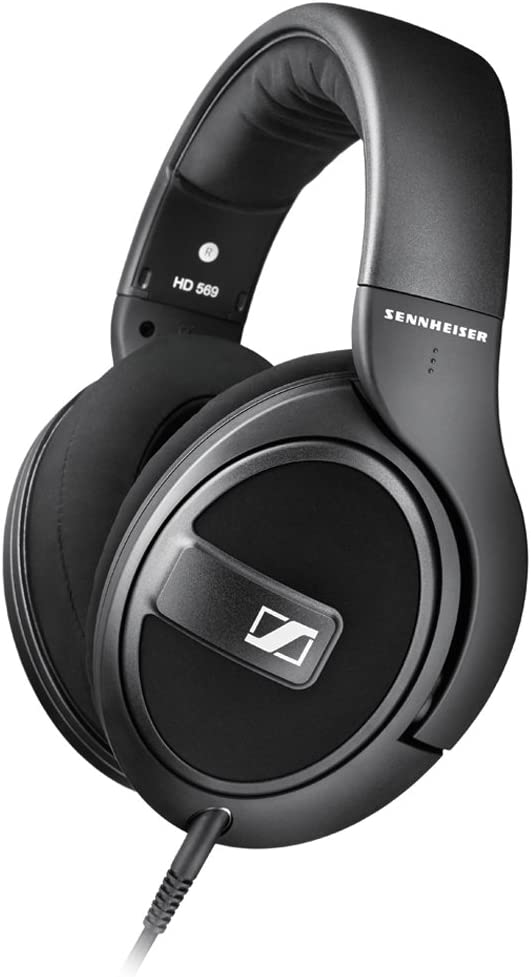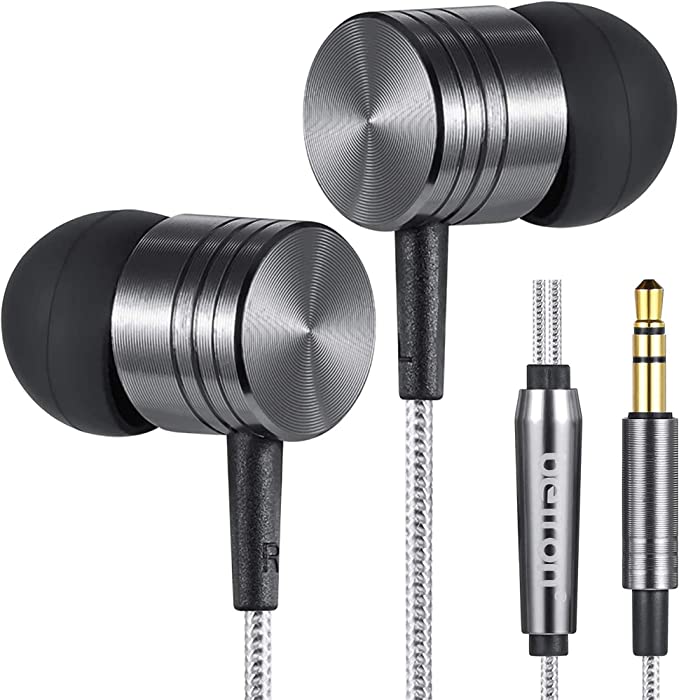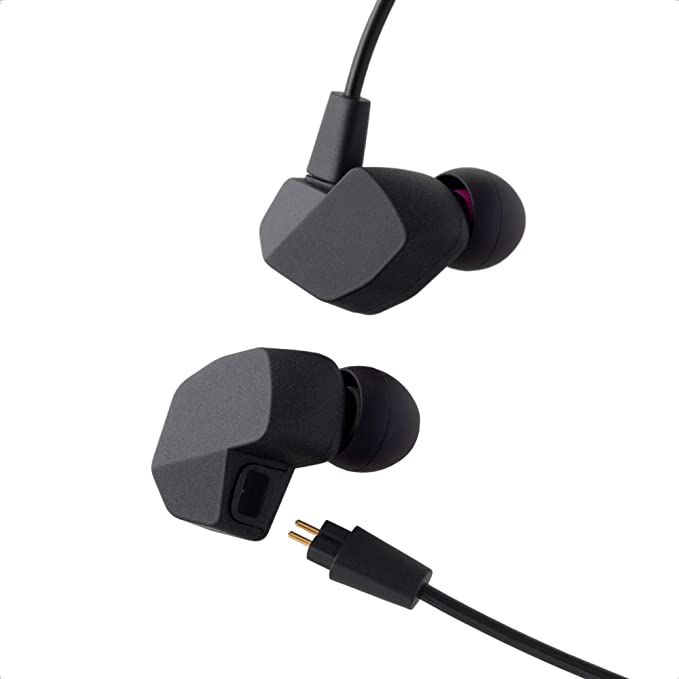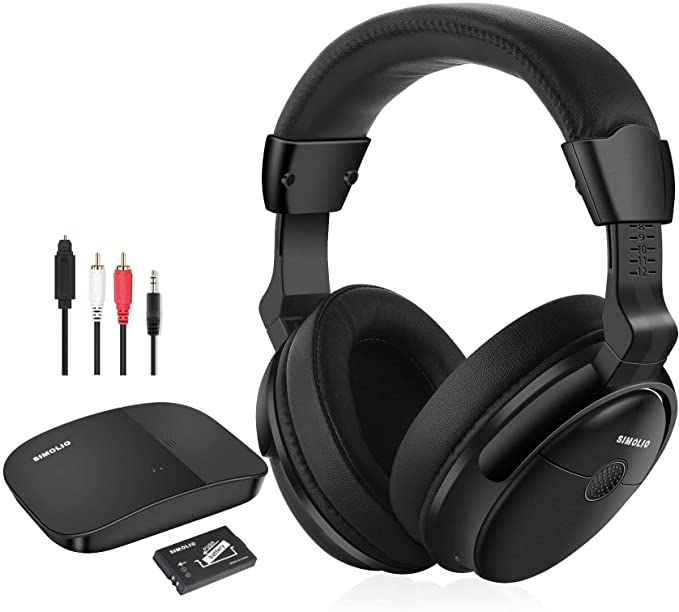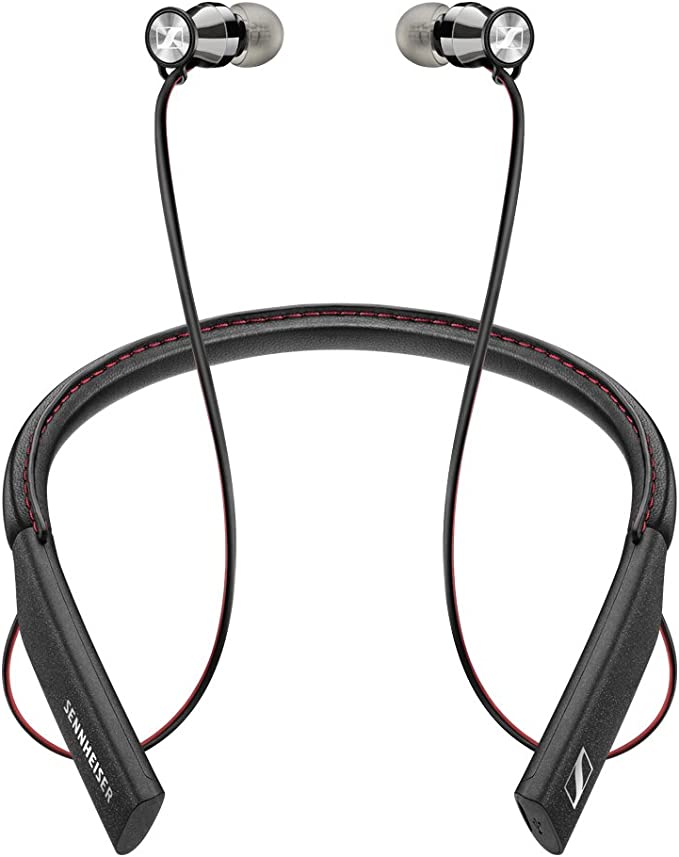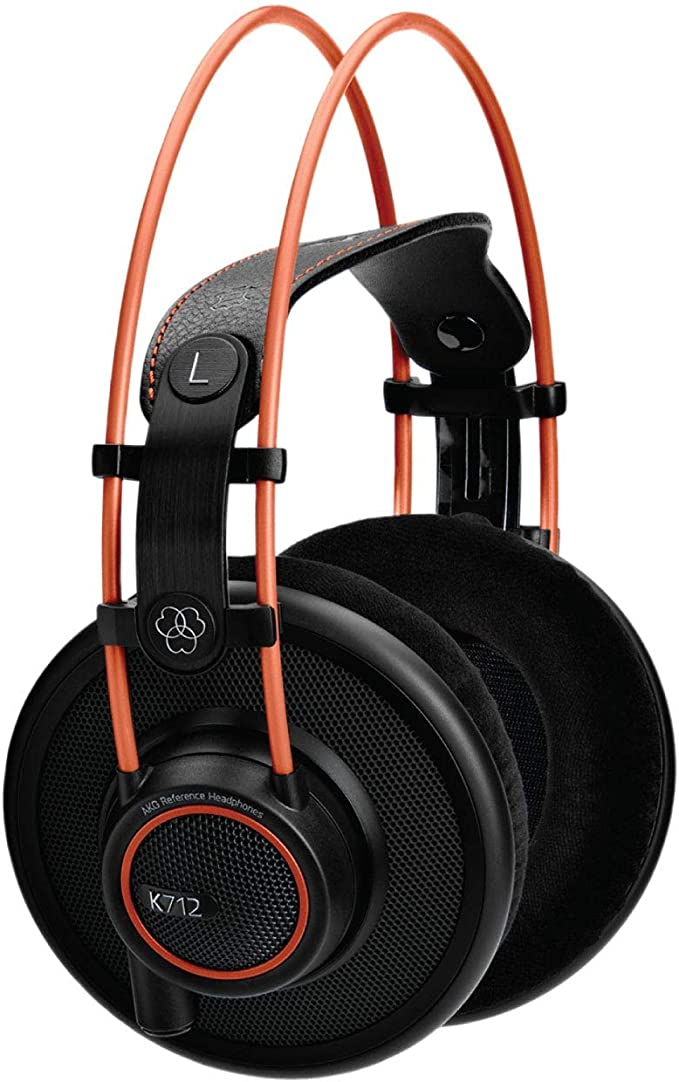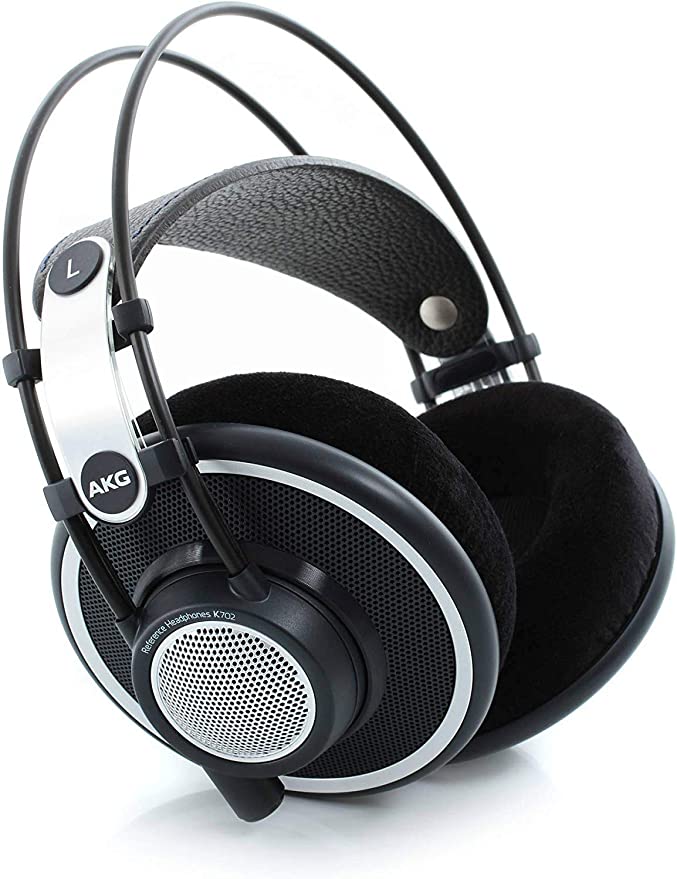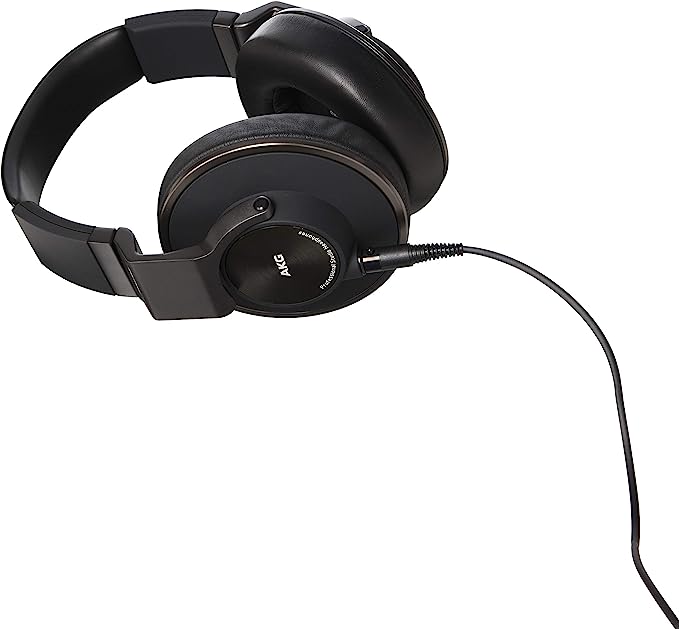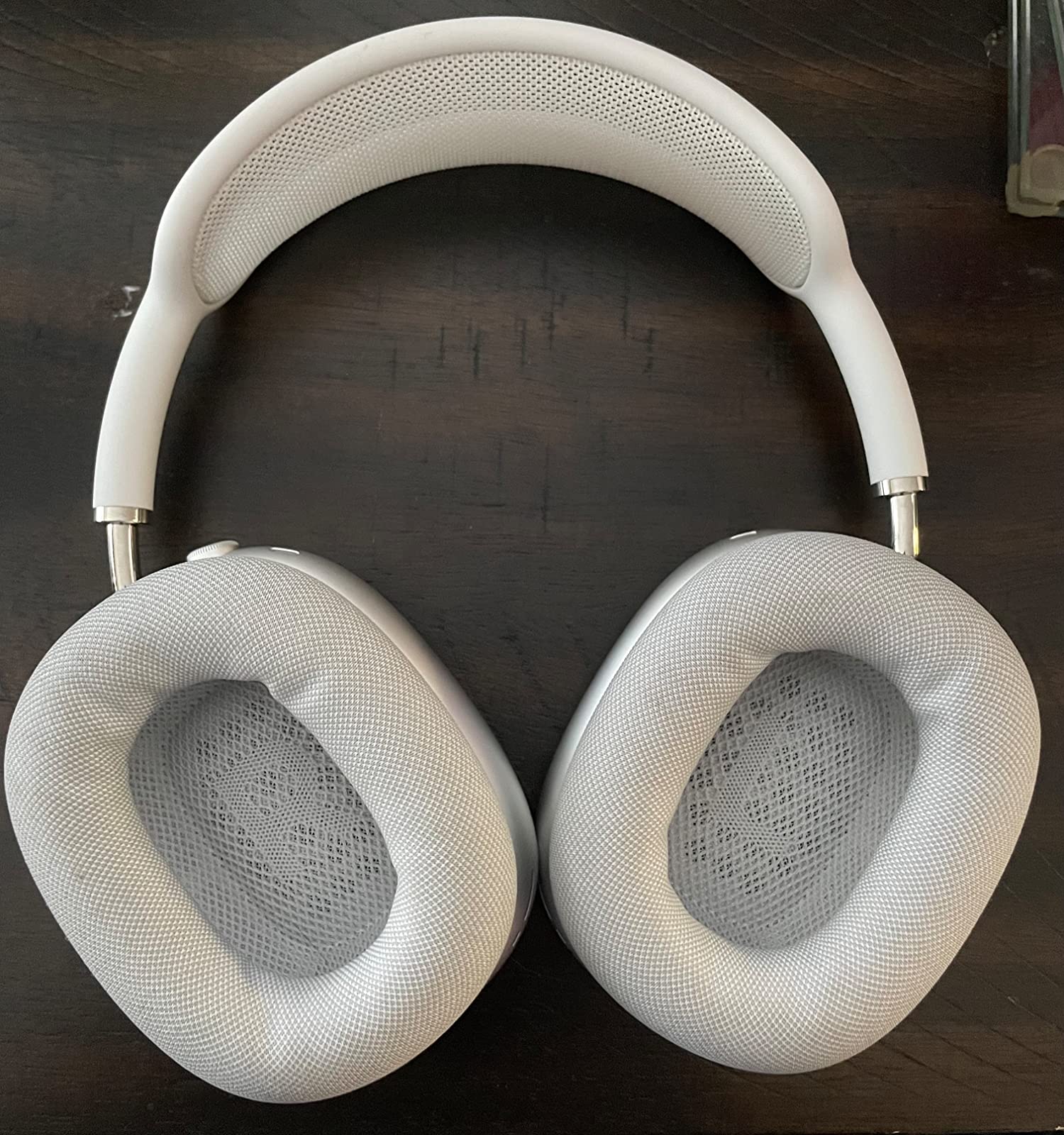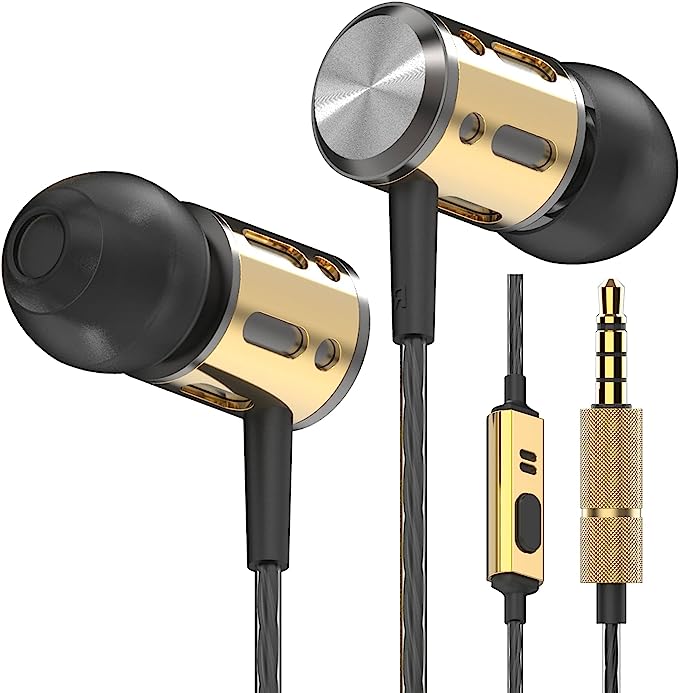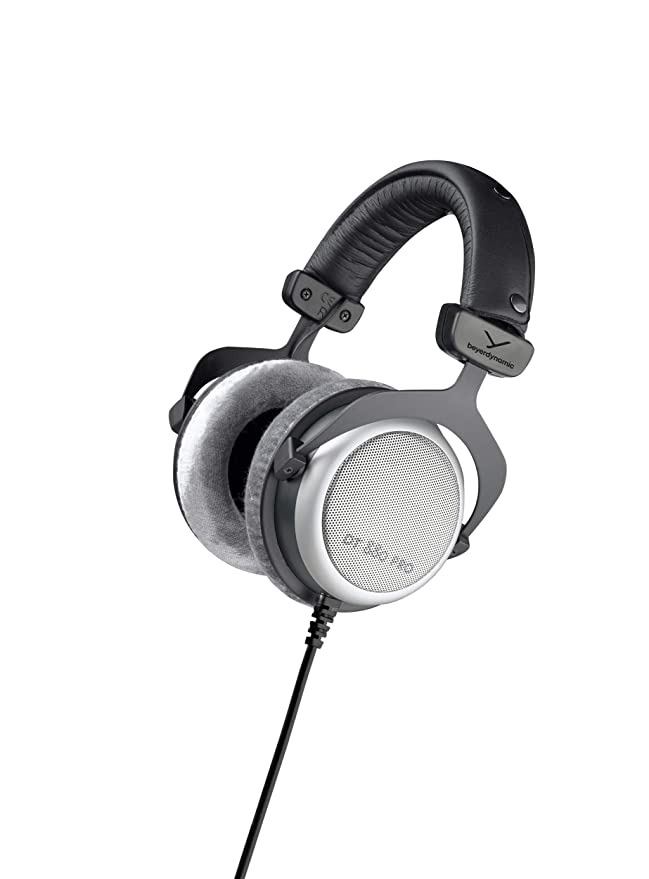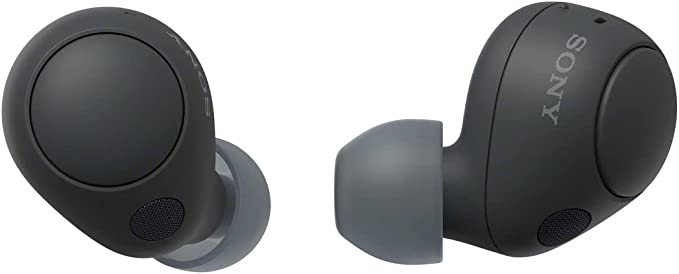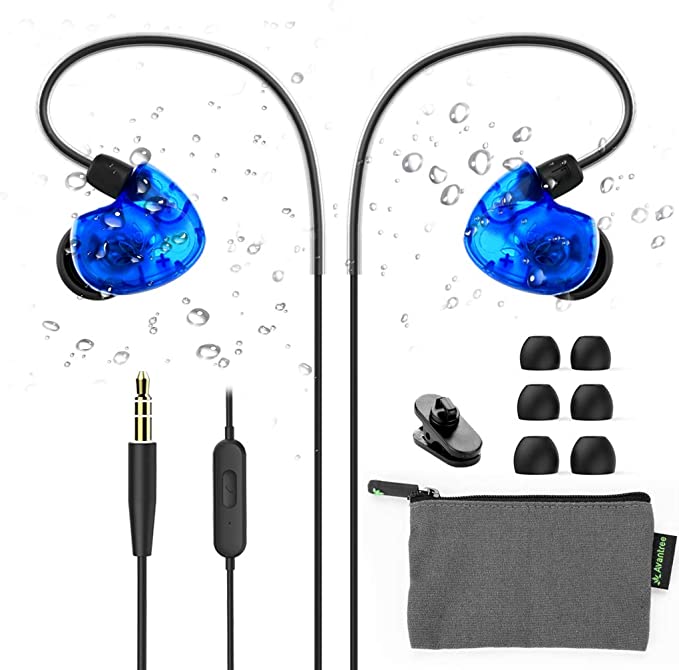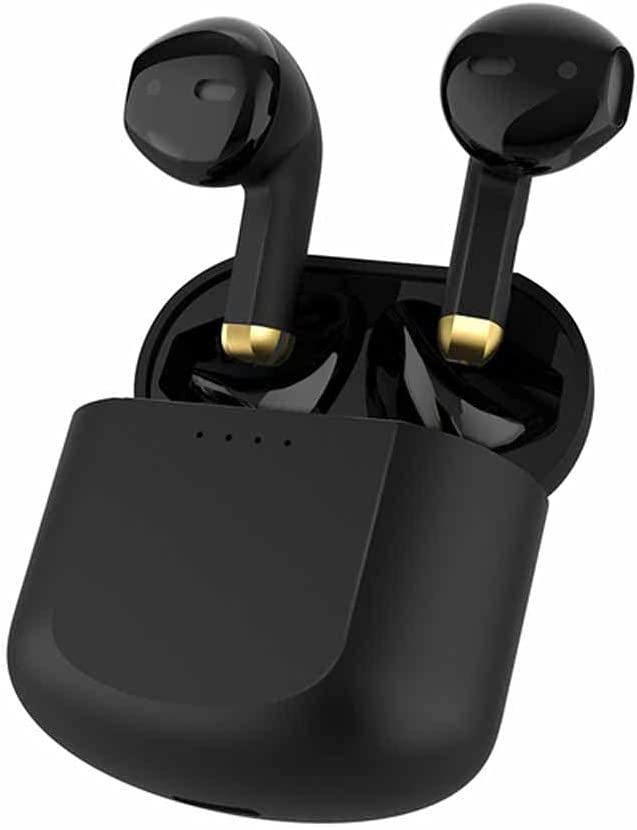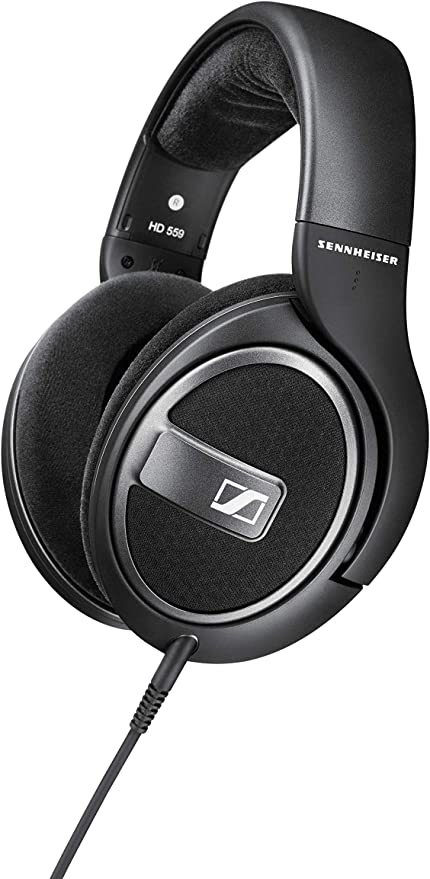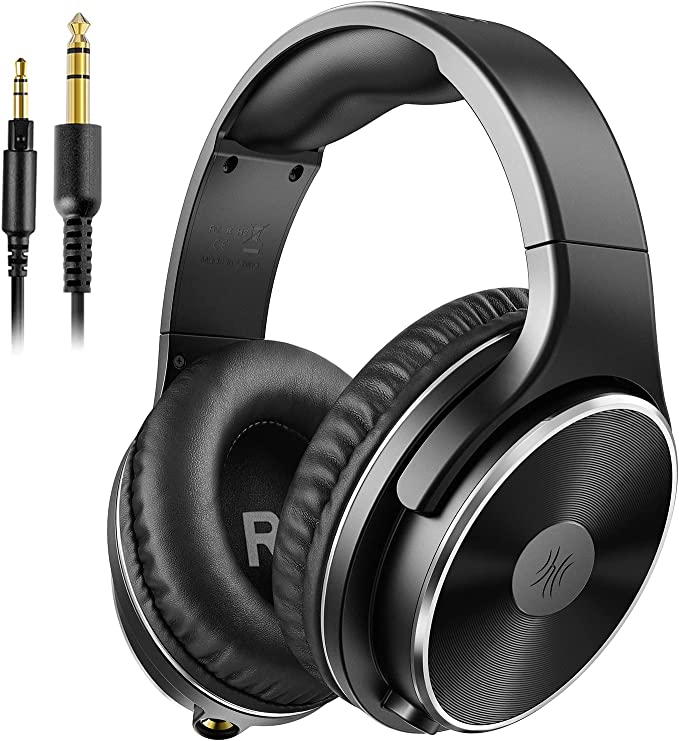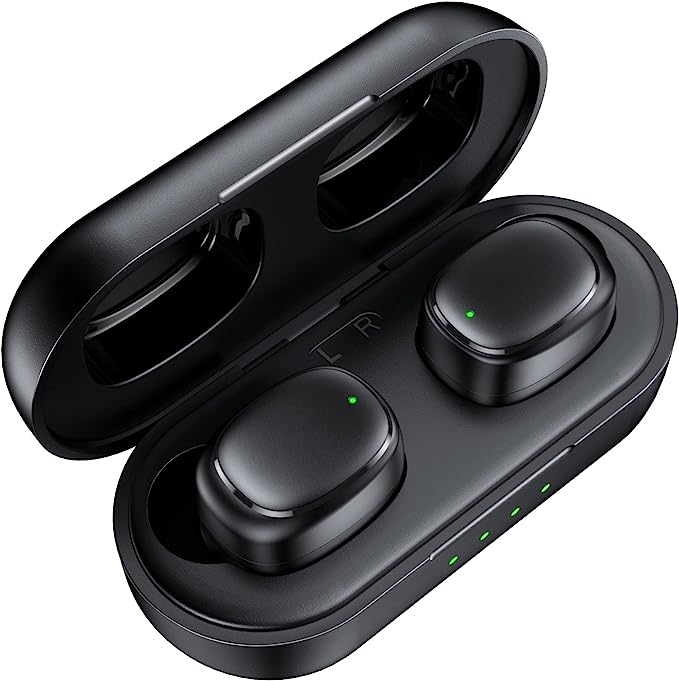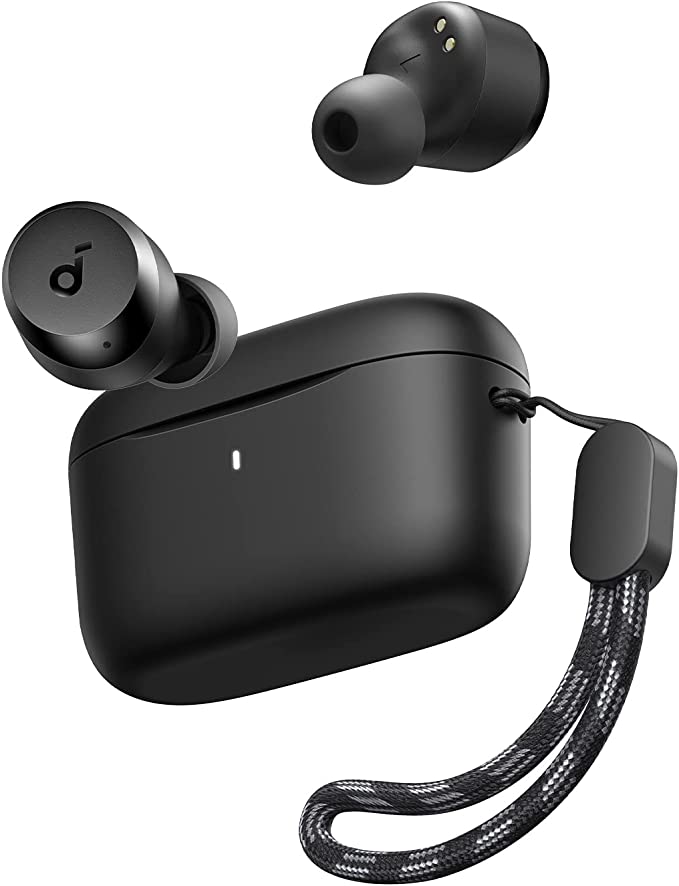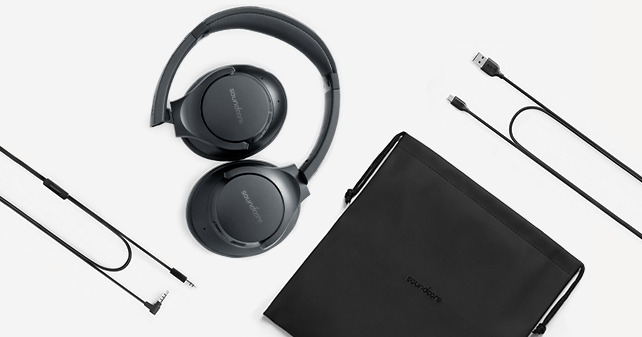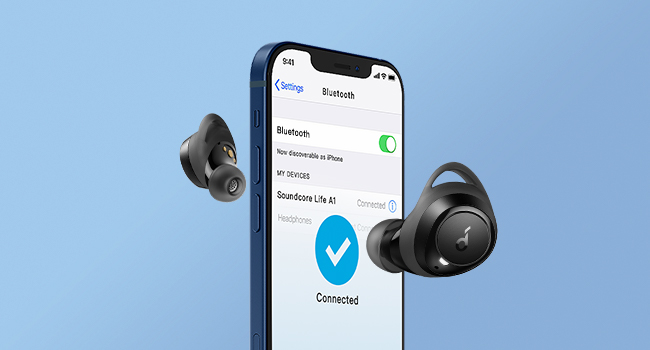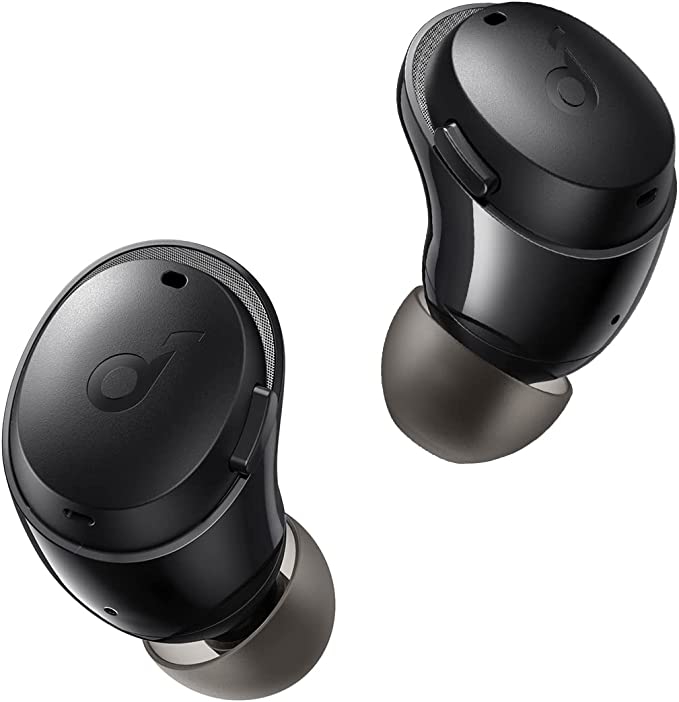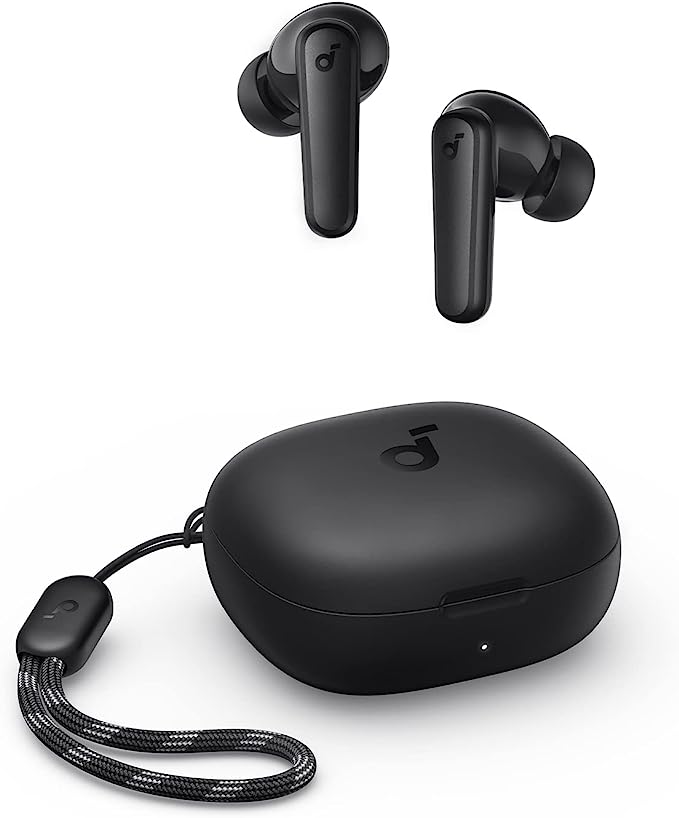Sennheiser HD 400S Around Ear Headphone: A Well-Balanced and Portable Listening Experience
Update on July 5, 2025, 4:27 a.m.
The hum of the city is a language we all understand, a relentless conversation of screeching subway brakes, overlapping chatter, and the distant wail of a siren. It’s the soundtrack to modern life, and most of the time, we just want to turn the volume down. You’re there, perhaps in a bustling café, trying to corral your thoughts amidst the clatter of ceramic and the hiss of an espresso machine. You reach into your bag, and your fingers find them. With a satisfying, low-frequency click, the hinges of the Sennheiser HD 400S unfold. You slide them over your ears.
And the world changes.
The sharp edges of the ambient noise are instantly blunted. The chaotic chorus of the café doesn’t vanish entirely, but it’s pushed far into the background, as if you’ve just stepped from a noisy street into a quiet library. This sudden, welcome hush isn’t the product of complex software or battery-powered trickery. It’s something far more fundamental, more elegant: it’s the simple, beautiful application of physics.

Building the Walls: The Science of Your Private Concert Hall
What you’ve just experienced is passive noise isolation, and it’s a concept born not from consumer electronics, but from pure necessity. In the mid-20th century, aviators and studio recording engineers faced a similar problem to yours, albeit with higher stakes. A pilot needed to hear crucial instructions over the roar of a propeller engine; a sound engineer needed to hear the precise nuance of a microphone’s capture, free from the room’s own reflections. Their solution was the closed-back headphone.
The principle is brilliantly simple. The earcups of the HD 400S are, quite literally, solid walls. They form a physical barrier, a seal around your ears that mechanically blocks a significant portion of sound waves—especially those in the mid and high frequencies—from reaching your eardrum. The plush earpads aren’t just for comfort; they are the acoustic gasket that perfects this seal. You’ve essentially placed a pair of miniature, purpose-built acoustic panels on your head, creating a personal, portable sanctuary.
But like any room, the acoustics inside this newly created space are critical. A sealed room can sound tight, sometimes even claustrophobic. This is the inherent challenge of the closed-back design. While it excels at isolation, it can sometimes constrain the sense of spaciousness in music, what audiophiles call the “soundstage.” A great audio engineer doesn’t just build the walls; they meticulously treat the room inside.

The Ghost in the Machine: Crafting Sound Inside the Silence
With the walls of your sanctuary erected, it’s time for the performance to begin. At the heart of each earcup sits a 32mm transducer. Think of this component as a master vocal mimic, a tiny, sophisticated artist whose only job is to recreate sound. It takes an electrical signal from your device and, through the magic of electromagnetism, vibrates a diaphragm to produce the sound waves that become music to your ears.
Here, we encounter the subtle art of headphone engineering. The challenge isn’t just to make sound, but to make it believable within that confined, sealed space. This is where psychoacoustics—the study of how our brain perceives sound—comes into play. The engineers at Sennheiser have tuned these transducers to perform a delicate balancing act. They carefully shape the frequency response to compensate for the closed-back design, ensuring the bass is present but not boomy, and the highs are clear without being harsh. They manipulate the timing and phase of the audio just enough to trick your brain into perceiving a sense of direction and space, creating a coherent stereo image where you can mentally place the guitarist to your left and the drummer just behind the singer.
This performance is made accessible by another deliberate, historical design choice: the 18-ohm impedance. This technical term simply means the headphones are incredibly easy to power. It’s a direct legacy of the portable audio revolution started by the Sony Walkman. Before portable players, high-quality headphones often required powerful, dedicated amplifiers. But for music to be truly mobile, the headphones had to be efficient enough to be driven by the modest power of a battery-operated device. That principle holds true today, ensuring the HD 400S sings its heart out whether plugged into a high-end audio interface or a standard smartphone jack.

The Thoughtful Companion: Engineering as Empathy
A tool you use every day must be more than just functional; it must be a pleasure to interact with. The final layer of science in the HD 400S isn’t acoustic, but ergonomic. A listening session can be ruined if the equipment itself becomes a distraction. At just 7.7 ounces, the headphones are light enough to almost disappear on your head, preventing the neck strain that plagues heavier sets.
Every element speaks to a design process centered on the user’s life. The headband folds not just to be compact, but to do so with a secure, reassuring action that implies durability. And the detachable cable is perhaps the most empathetic design choice of all. It acknowledges a simple truth: cables are the most vulnerable part of any wired headphone. By making it replaceable, the designers have given the product a second, third, or fourth life, transforming it from a disposable gadget into a long-term companion. It’s a small detail that reveals a philosophy of sustainability and respect for the customer.

Conclusion: More Than Just Music
In the end, what a well-engineered headphone like the Sennheiser HD 400S truly offers is not just a way to listen to music. It offers a form of control over your own sensory environment. It’s the power to carve out a moment of focus in a distracting open-plan office, to find a pocket of calm on a chaotic morning commute, or to transform a late night at home into a front-row seat at a private concert.
The true marvel is not found in any single specification, but in the elegant balance of them all. It’s the intersection of physics, psychoacoustics, and thoughtful ergonomic design. It’s a testament that the most profound technologies are those that seamlessly integrate into our lives, empowering us in quiet, meaningful ways. And the most beautiful part of this particular story is that this power—the power to instantly create your own portable sanctuary—is a piece of scientific magic that is now wonderfully, democratically, accessible to all.
